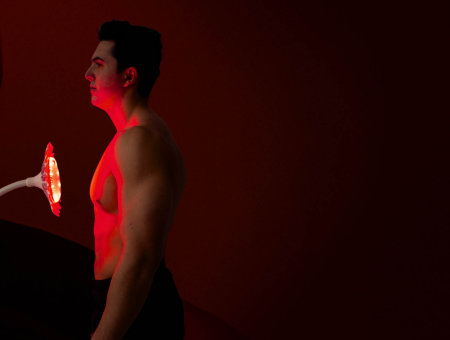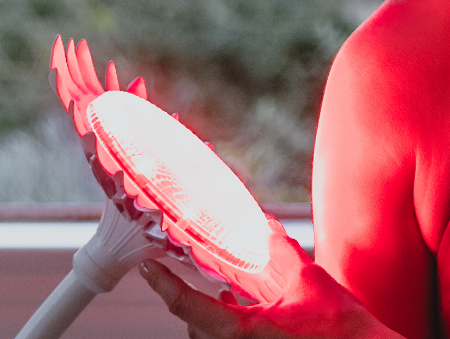The sun is the ultimate creator of life on our planet. For the last 4 billion years, life forms have evolved to utilize this endless source of energy through every means possible. This can be seen no clearer than in a jungle, the ultimate battleground for sunlight. Trees grow tall and thin for the chance to break through the canopy and fight for the sunlight. If any other plants want to bask in the sunlight, then they have to climb. Vines swing their tendrils around the jungle floor until they contact a tree which they will immediately latch onto and begin their ascent. Once at the top of the canopy, these thin vines will burst with voluminous leaves that take up as much space as possible. Much like plants, humans have evolved to take full advantage of the sun. The human body uses the sun to produce vitamin D, to control sleep-wake cycles, and as an energy source to power their mitochondria.
Humans have been using the sun to power their bodies for 200,000 years, until the industrial revolution, when the invention of the lightbulb changed everything. Suddenly, working was no longer bounded by the presence of sunlight, and people could be productive in sheltered indoor environments. For the first time in history, more people were working in dimly lit buildings than outside in the sunlight. The consequences of this shift were felt immediately. A new disease called rickets plagued industrialized Europe . A disease which would weaken and deform the bones of children. At its peak, 90% of all children in industrialized Europe were affected by rickets. The epidemic raged until a group of doctors discovered that the cause of rickets was a lack of sunlight. After World War I, the sunshine movement went into full swing, and all across Europe, children were encouraged to bathe in the direct rays of the sun.
Vitamin D deficiency is the ultimate cause of rickets which is why it afflicted children working in factories all day. The modern-day solution to rickets has been calcium and vitamin D supplementation, which has successfully prevented rickets but fails in comparison to the benefits of sunlight. Even with vitamin D fortified foods, 50% of all people living in industrialized countries are deficient in vitamin D.
Light deprived people are not only missing out on vitamin D but are also missing the light energy that human cells require to properly function. Human mitochondria evolved to absorb sunlight to produce energy and reduce oxidative stress. Depriving these cells of light energy cripples their ability to perform basic functions, contributing to the development of almost every disease from arthritis to dementia.
In recent years, messages from many public health organizations have been focused on limiting ultraviolet light exposure due to fear of melanoma and skin damage. They frequently recommend using sunscreen, covering up, and avoiding the bright parts of the day. These precautions mitigate your risk of skin damage but they completely ignore the significant harm caused by light deprivation. In 2006, the World Health Organization estimated the global disease burden of too little sunlight exposure was 2000 greater than the burden of too much sunlight. Yet, the only narrative that people hear is the sun can give you cancer, so you better cover up or stay inside.
It took 50 years of disease and deformity for industrial Europe to incorporate light back into their daily routine, how long will it take us?




